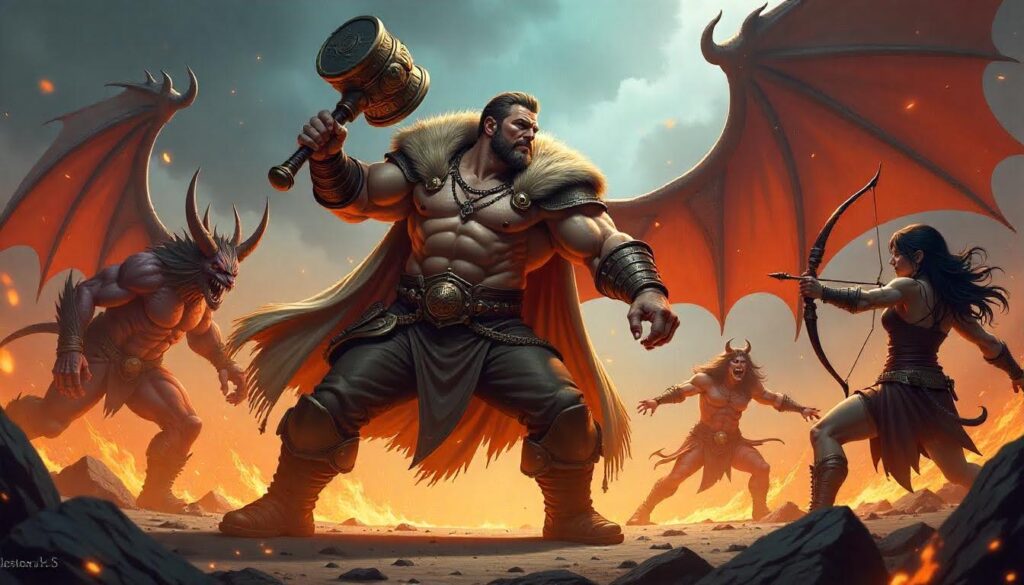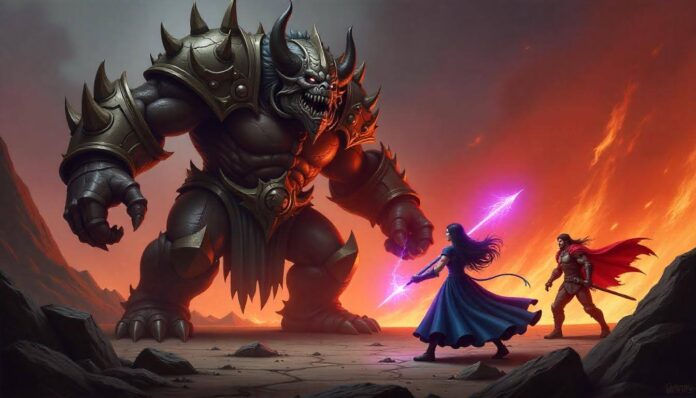A character springs into action, muscles flexing realistically as they leap across a gap. An enemy creature stalks forward with predatory grace. A hero’s expression shifts subtly from determination to relief. These moments of fluid, believable animation separate memorable games from forgettable ones—but creating them requires specialized skills that many studios struggle to maintain in-house.
Animation represents one of the most time-intensive and technically demanding aspects of game development. According to Animation World Network’s 2023 industry report, game animation production now accounts for approximately 30-40% of total art asset development time in character-driven games. This massive time investment creates a bottleneck that can delay entire projects or force compromises that diminish player experience.
Smart studios have discovered that working with a game outsourcing company for animation means accessing specialized talent, accelerating production timelines, and elevating animation quality beyond what limited internal resources could achieve. Understanding how to leverage external animation expertise effectively can transform good games into exceptional ones.
Why Game Animation Demands Specialized Expertise
The Technical Complexity Behind Movement
Game animation differs fundamentally from film animation. Film animators create linear sequences that play exactly as designed. Game animators must create movement systems that respond to player input, blend seamlessly between states, and work across countless gameplay scenarios they can’t fully predict.
This complexity requires deep technical knowledge. Animators must understand rigging systems, blend trees, state machines, inverse kinematics, and how animation data integrates with game engines. They need proficiency in specialized software like Maya, Blender, MotionBuilder, and engine-specific animation tools. Building this expertise in-house takes years of focused development.

The Art and Science of Believable Motion
Beyond technical requirements, great game animation requires artistic sensibility honed through extensive practice. Understanding weight, timing, anticipation, follow-through, and the twelve principles of animation provides the foundation. Applying these principles to interactive contexts where players control timing and direction demands additional layers of skill.
Character personality emerges through animation. A confident warrior moves differently from a cautious rogue. A weary survivor’s posture differs from an energetic hero’s stance. These subtle distinctions create emotional connections with players. Skilled animators bring characters to life in ways that amateur work can’t replicate, no matter how much time is invested.
The Strategic Advantages of Animation Outsourcing
Access to Specialized Talent
Game animation outsourcing provides immediate access to artists who’ve spent years perfecting their craft. Rather than training junior animators or pulling programmers away from code to create basic movement, studios can tap into teams whose entire focus is on creating exceptional animation.
These specialists bring more than just technical skill. They understand genre conventions, platform constraints, and performance optimization. They’ve solved problems that in-house teams haven’t encountered yet. This experience prevents costly mistakes and accelerates problem-solving when challenges arise.
Scalable Production Capacity
Animation needs fluctuate dramatically throughout development. Early prototype stages require basic placeholder animation. Mid-production demands high volumes of diverse movements. Polish phases need refinement and additional transition animations. Maintaining an animation team sized for peak demand means paying for idle capacity during other phases.
When studios outsource game animation, capacity scales to match actual needs. Ramp up quickly when production intensifies, scale down during planning or technical development phases. This flexibility optimizes budgets while ensuring animation never becomes a bottleneck that delays the entire project.
Parallel Development Accelerates Timelines
While internal teams focus on gameplay mechanics, level design, and technical systems, external animation teams can work in parallel on character movement, creature behaviors, and cinematic sequences. This simultaneous progress dramatically compresses development timelines.
The time savings compound across the project. Earlier access to quality animation enables better gameplay testing. Designers can iterate on mechanics with final-quality movement rather than waiting for placeholder animations to be replaced. The entire development cycle benefits from removing animation as a sequential dependency.
Comparing In-House vs. Outsourced Animation Production
Here’s how different approaches to game animation impact various project aspects:
| Factor | In-House Only | Outsourcing Partnership | Hybrid Approach |
| Upfront Investment | High (hiring, training, equipment) | Low (contract-based) | Medium (small core team) |
| Timeline Flexibility | Limited by team size | Highly scalable | Scalable with internal oversight |
| Specialized Expertise | Develops slowly over time | Immediate access | Strategic for complex needs |
| Creative Control | Complete internal control | Requires clear communication | Balanced oversight |
| Cost Predictability | Fixed salaries plus overhead | Project-based budgets | Mixed model |
| Quality Consistency | Depends on team skill | Depends on partner selection | Internal standards with external capacity |
Selecting the Right Animation Partner
Portfolio Evaluation Beyond Surface Aesthetics
A game outsourcing company’s portfolio reveals more than just aesthetic capability. Studios should examine animation in actual gameplay contexts—how natural transitions appear, whether movement feels responsive, and if character personality comes through clearly. Showreel highlights don’t always represent typical output quality.
Looking for experience with similar project types matters significantly. Animation needs for a fighting game differ from those of an open-world RPG. A team that excels at creature animation might lack experience with nuanced human performances. Matching partner strengths to project requirements ensures better results.
Communication and Collaboration Capabilities
Animation partnerships succeed or fail based on communication quality. Partners who ask clarifying questions, provide regular updates, and iterate based on feedback prevent the misunderstandings that waste time and budget. Time zone differences matter less than communication responsiveness and clarity.
Technical compatibility ensures smooth integration. Partners should work in file formats compatible with the project’s pipeline, understand the target engine’s animation system, and follow naming conventions and organizational standards. These technical details prevent integration headaches that negate outsourcing benefits.
Pipeline Integration and Tools
Effective game animation outsourcing requires seamless pipeline integration. Partners need access to character rigs, reference materials, and technical specifications. Cloud-based collaboration tools, version control systems, and asset management platforms enable smooth workflows across distributed teams.
The best partnerships feel like extensions of internal teams rather than separate vendors. When external animators can drop assets directly into the project build and internal teams can provide immediate feedback, iteration cycles accelerate dramatically.
Moving Forward
Outsourcing game animation represents more than cost optimization—it’s a strategic decision that can fundamentally improve project outcomes. Access to specialized talent, scalable capacity, and parallel production workflows transforms animation from a potential bottleneck into a competitive advantage.
Success requires selecting the right partners, establishing clear communication, and managing relationships strategically. Studios that master animation outsourcing deliver better games faster, creating player experiences that stand out in an increasingly crowded market. The question isn’t whether to outsource animation but how to do it effectively to elevate every aspect of the game.


